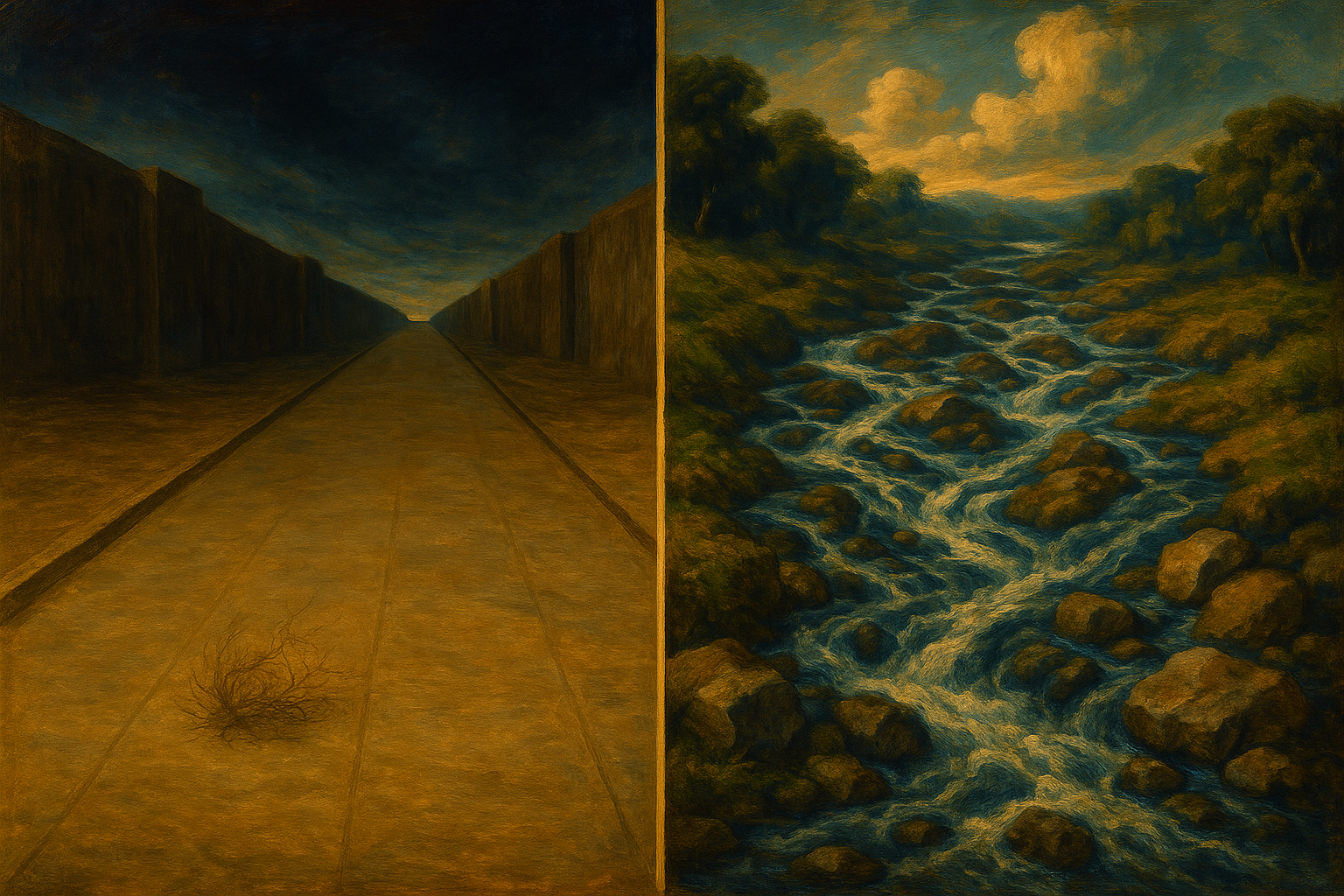★Human readers deserve human writers: a policy on AI and human craft

When you have a magic hammer, it's so very tempting to wallop everything you see with it. But should I use the magic AI hammer for my creative work (from writing to technology products)?
It certainly feels easy (usually a warning sign), and often helpful. As a solo creative, an AI collaborator gives me the sudden boost and release of a trampoline, along with a welcome, stabilising, second point of view.
Ted Chiang gestures at a quantification of artistic expression: "... art is something that results from making a lot of choices. ... When you are writing fiction, you are—consciously or unconsciously—making a choice about almost every word you type; to oversimplify, we can imagine that a ten-thousand-word short story requires something on the order of ten thousand choices. When you give a generative-A.I. program a prompt, you are making very few choices; if you supply a hundred-word prompt, you have made on the order of a hundred choices."
For a piece of writing that I hope people will read, and perhaps be changed by, I want to retain a full feeling of authorship. That means it should be primarily my ideas, with words I have chosen. I might ask AI to be my editor - give me a trenchant critique, or provide suggestions to unstick me, or for titles and excerpts. In other words, I have to make most of the choices.
If I'm writing primarily for a machine, then I'll use as much AI as I can. For example, it's fine for the AI to write the code, to worry about semicolons and syntax, because they will be consumed by a compiler. But the product vision, the user interface, even the software architecture, these are consumed by the human end-user, and so I want to make these choices.
Proposed policy: I'll hand-craft the work myself according to how much it will be consumed by humans. Corollary: I'll automate when it will be consumed by machines.
I sometimes feel that LinkedIn falls somewhere in the middle :~
(And if I break this policy, I'll be very transparent about it.)
Postscript:
-
For this post:
-
I wrote a draft myself. I then asked Claude to critique it, it pointed out some weak bits and made suggestions, and I rewrote parts in response.
-
I wrote a title, and then asked it to generate a few potential better titles. I magpied a couple of ideas and created my own title based on them.
-
AI mostly created the excerpt, and completely assigned the tags. This is my standard practice.
-
For LinkedIn posts, it's more complicated. I fed the original post to a set of careful prompts that preserve my original ideas/content, engaged in a back-and-forth about extracted themes/arcs, picked from a few suggested hooks and closes (often ignoring the generated ones and writing one myself), it generates a few candidates, and then I edit the final version. I am still iterating this process - I'm not actually sure it's faster, but I think the result is sometimes much better.
-
For the image, I asked AI to suggest a long list of ideas based on the text, then picked my favourite few and tweaked them, applying my own visual style, trying out a couple of versions until I found one I liked.
This dialogue shows what Centaur teams (human + AI) look like, with complementary strengths and roles. I think Chiang's framing about 'choice' (and the number of choices) helps characterise and quantify the kind and level of human involvement.
